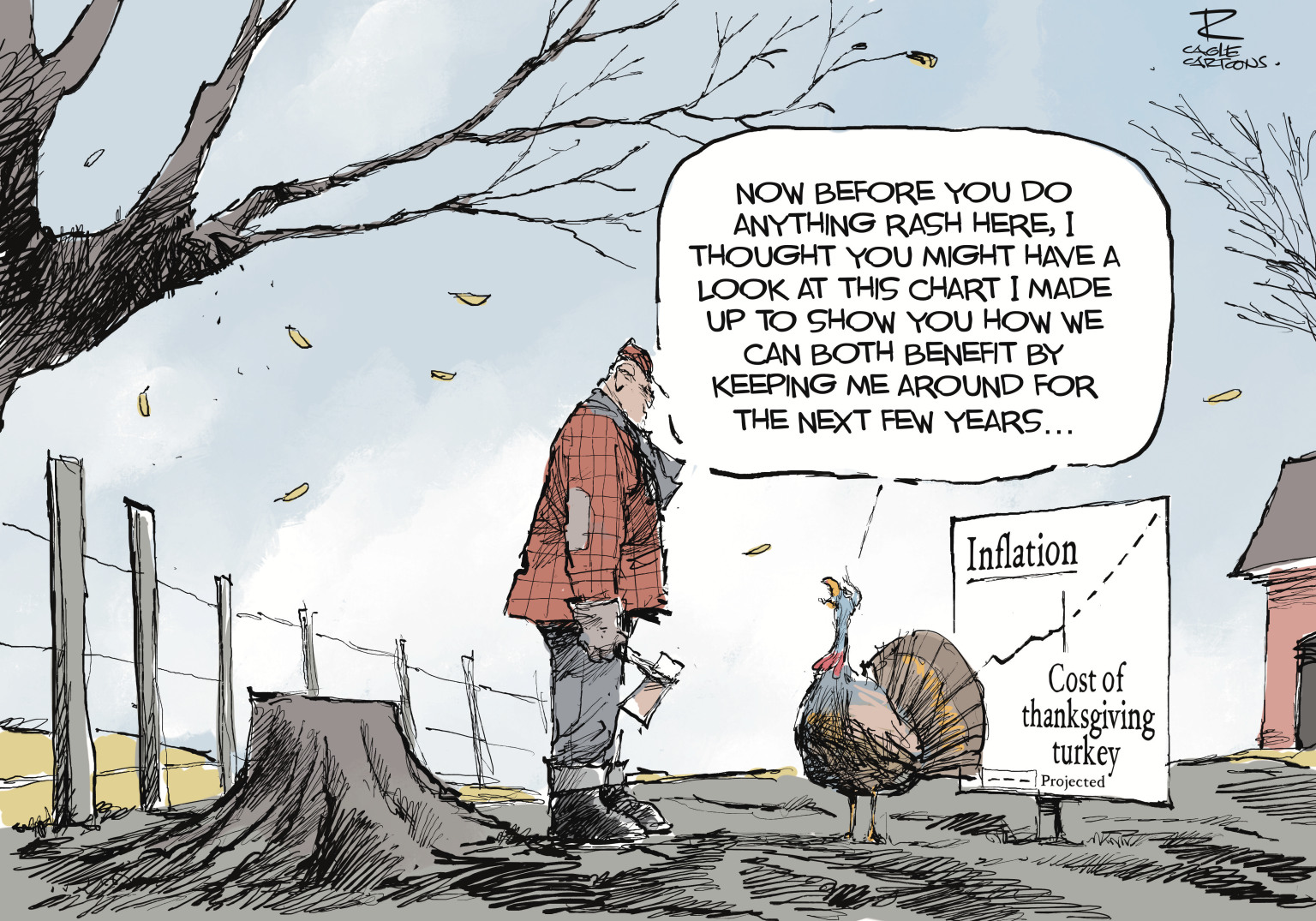
The Delicious History Of Pumpkin Pie
– By Tom Purcell –
I love pumpkin pie.
It reminds me of so many happy family gatherings when, after clearing the Thanksgiving table, we’d enjoy pumpkin pie, coffee, and deeply satisfying conversation well into the evening.
My mother’s pumpkin pie has a thick, fluffy crust. She bakes her pies “well done” with a slight char on the top, giving them a unique and delicious oaky flavor.
Lucky for me, I’ve enjoyed her unique pumpkin pie experience for many years and will do so again this Thursday.
But after recently learning about the remarkable history of pumpkin pie, I love it more than ever.
According to History.com, pumpkin is a fruit that dates back 10,000 years ago to Central America, where indigenous people boiled and baked it in many forms.
After the “New World” was discovered, European explorers brought pumpkin seeds back home and cultivated them.
Pumpkin soon became part of “England’s highly developed pie-making culture, which had for centuries been producing complex stuffed pastries in sweet and savory varieties,” says History.com.
When the Pilgrims arrived in America in 1620, they brought their familiarity with pumpkins with them.
In fact, says History.com, “A year later, when the 50 surviving colonists were joined by a group of 90 Wampanoag for a three-day harvest celebration, it’s likely that pumpkin was on the table in some form.”
Without ovens, though, the Pilgrims initially had no way to make pumpkin pie.
As the Pilgrims flourished in New England, they preferred “apples, pears, and quince tarts instead of their former Pumpkin Pies,” wrote Massachusetts ship captain Edward Johnson in 1654.
This was probably because the process of turning a pumpkin into a pie filling was time-consuming and laborious. It was much easier and faster to make a fruit pie.
Perhaps that’s the chief reason pumpkin pie didn’t catch on in America until 1796, with the publication of America’s very first cookbook, “American Cookery,” written by New England writer Amelia Simmons.
Simmons’ pumpkin pie recipe was unlike any that came before it. She used eggs, sugar, and cream to create a filling more like custard or pudding — the delicious filling we enjoy now.
However, it would be years before Simmons’ version of pumpkin pie gained popularity beyond the New England region.
That changed in the 1800s as the pumpkin became a symbol of the anti-slavery movement in New England.
“Because pumpkins were a crop that grew easily and required very little labor for cultivation and harvest, pumpkin farming operated as the antithesis of the plantation economies of the South where cash crops like cotton, sugar, and tobacco were being mass-produced through exploitative slave labor,” reports YahooNews.
After President Abraham Lincoln proclaimed Thanksgiving a national holiday in 1863, writers, such as Sarah Josepha Hale, published numerous recipes for turkey, stuffing, cranberry sauce, and pumpkin pie, which soon became the staples of our iconic Thanksgiving feast.
In 1929, Libby’s introduced canned pumpkin pie filling, which eliminated the labor-intensive process of turning pumpkin into custard — making it easy for everyone to enjoy pumpkin pie every Thanksgiving.
It took 10,000 years for the pumpkin fruit of Central America to make it to England, travel back to America and become a Thanksgiving staple, but if you ever had a bite of my mother’s incredible pumpkin pie, you’d know the wait was worth it.
–
Copyright 2023 Tom Purcell, distributed exclusively by Cagle Cartoons newspaper syndicate.
Purcell, creator of the infotainment site ThurbersTail.com, which features pet advice he’s learning from his beloved Labrador, Thurber, is a Pittsburgh Tribune-Review humor columnist. Email him at Tom@TomPurcell.com.



